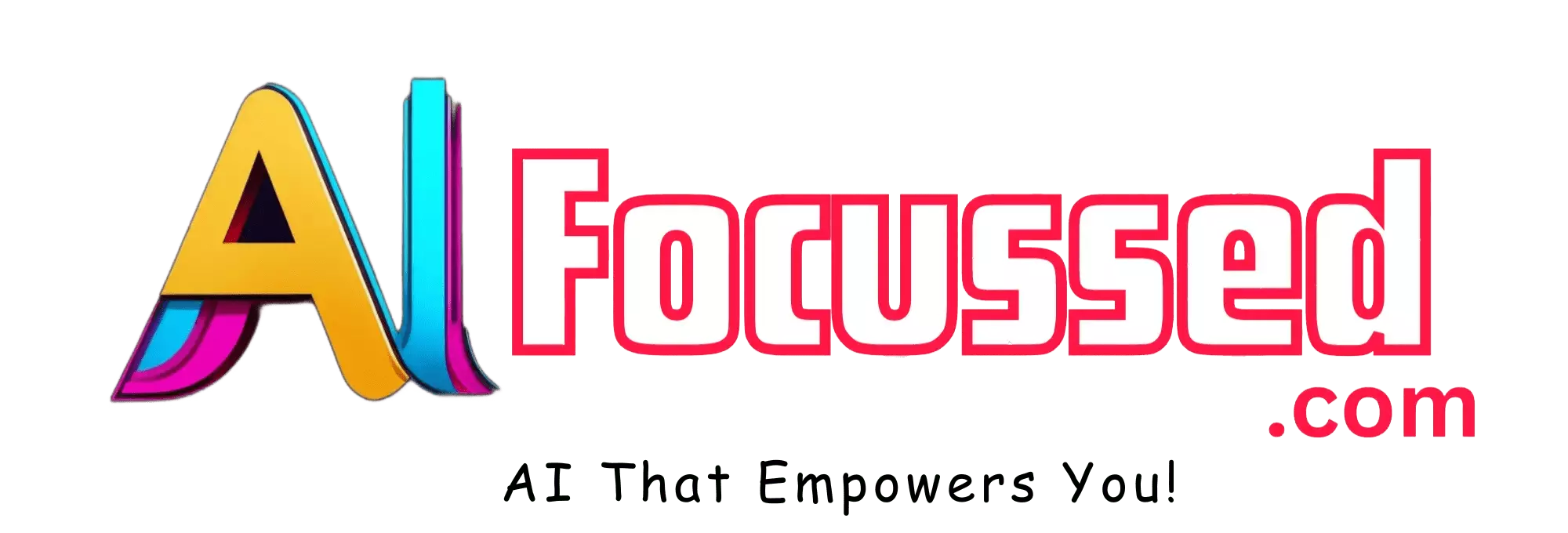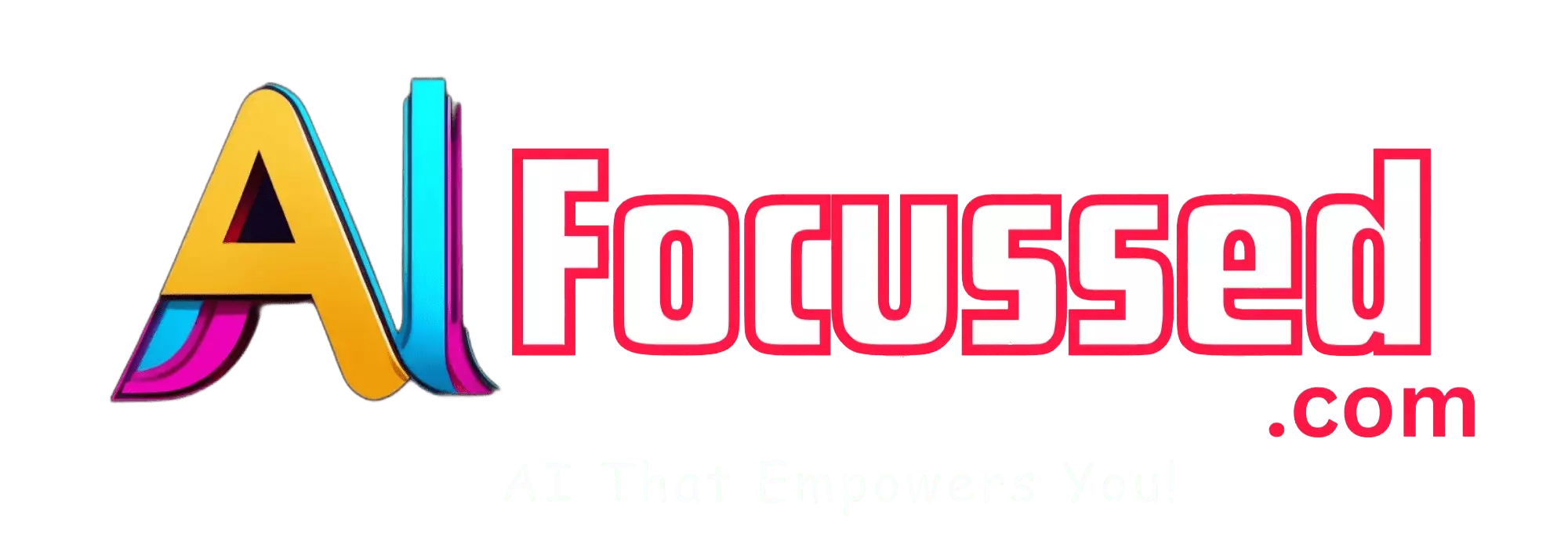Have you ever wondered how to transform a video into a different style or genre using natural language? For example, how to turn a real video into a cartoon or a monochrome video into a colourful one? This is the task of text-guided video-to-video translation, which aims to generate a new video that matches the given text description while preserving the content and motion of the original video.
However, this task is very challenging, especially when no paired data is available for training. Most existing methods rely on large-scale datasets of videos with corresponding text annotations, which are costly and time-consuming to collect. Moreover, these methods often need to help maintain temporal consistency across video frames, resulting in flickering or blurry artefacts.
Related: How to Make Stunning QR Codes with AI using Stable Diffusion and ControlNet
This article will introduce a novel framework that can rerender a video according to any text prompt without any paired data. The framework is based on pre-trained image diffusion models, powerful generative models that produce high-quality images from text. The framework consists of two parts: keyframe translation and full video translation. The first part uses an adapted diffusion model to generate keyframes that match the text prompt, with hierarchical cross-frame constraints applied to enforce coherence in shapes, textures and colours. The second part propagates the keyframes to other frames with temporal-aware patch matching and blending. The framework achieves global style and local texture temporal consistency at a low cost (without re-training or optimization). The framework is also compatible with existing image diffusion techniques, such as LoRA and ControlNet, which can further enhance the quality and diversity of the generated videos.
To Use Rerender a Video, visit here https://anonymous-31415926.github.io/
What is image diffusion?
Image diffusion is a generative modelling technique that reverses the process of adding noise to an image. The idea is to start from a noisy image and gradually remove the noise until the original image is recovered. This process can be modelled by a Markov chain of conditional distributions, where each distribution represents the probability of removing some noise at each step. By training a neural network to predict these distributions from the noisy images, we can obtain a powerful generative model that can sample realistic images from noise.
However, image diffusion models can also be conditioned on other modalities, such as text or sketches. This allows us to generate images that match the given condition while maintaining the diversity and quality of the diffusion process. For example, we can use text prompts to guide the image generation process, such as “a cat wearing sunglasses” or “a landscape painting in impressionist style. We can obtain different images that satisfy the same condition by varying the text prompts.
How to rerender keyframes with image diffusion?
The first part of our framework is to rerender keyframes with image diffusion. Keyframes are selected frames from the input video that capture important moments or changes in the scene. We use an adapted diffusion model to generate new keyframes that match the given text prompt while preserving the content and motion of the original keyframes.
However, applying image diffusion models to keyframes may result in consistent or realistic results across different frames. We propose novel hierarchical cross-frame constraints for pre-trained image diffusion models to produce coherent video frames to address this issue. Our key idea is to use optical flow to apply dense cross-frame constraints, with the previously rendered frame serving as a low-level reference for the current frame and the first rendered frame acting as an anchor to regulate the rendering process to prevent deviations from the initial appearance.
Hierarchical cross-frame constraints are realized at different stages of diffusion sampling. In addition to global style consistency (cross-frame attention), our method enforces consistency in shapes (shape-aware cross-frame latent fusion), textures (pixel-aware cross-frame latent fusion) and colours (colour-aware adaptive latent adjustment) at early, middle and late stages, respectively. This innovative and lightweight modification achieves both global and local temporal consistency.
Also Read: Create Animated Talking AI Free: A Simple and Fun Way to Make Your Videos
How to propagate keyframes to other frames?
The second part of our framework is to propagate keyframes to other frames with temporal-aware patch matching and frame blending. Since keyframes are only selected at sparse intervals, we must fill in the gaps between them with intermediate frames. We use a patch-based approach to propagate keyframes to other frames, where each patch in an intermediate frame is matched with a corresponding patch in a nearby key frame based on its appearance and motion similarity.
However, simply copying patches from key frames may result in artefacts such as seams or discontinuities. We use a blending technique to smooth out the transitions between patches from different keyframes to address this issue. We use a weighted average of the patches based on their distances to the intermediate frame and apply a Poisson blending algorithm to preserve the gradients and boundaries of the patches. This simple but effective technique achieves smooth and natural results.
How to enhance the quality and diversity of the generated videos?
The final part of our framework is to enhance the quality and diversity of the generated videos with existing image diffusion techniques. Our framework is compatible with these techniques, which can further improve the performance and functionality of our framework. For example, we can use LoRA to customize a specific subject in the video, such as changing a person’s facial expression or pose. We can also use ControlNet to introduce extra spatial guidance to the image diffusion process, such as adding a sketch or a mask to control the shape or location of an object. By combining these techniques with our framework, we can obtain more realistic and diverse videos that match the given text prompt.
Conclusion
In this article, we have introduced a novel zero-shot text-guided video-to-video translation framework that can rerender a video according to any text prompt without any paired data. The framework is based on pre-trained image diffusion models, powerful generative models that produce high-quality images from text. The framework consists of two parts: keyframe translation and full video translation. The first part uses an adapted diffusion model to generate keyframes that match the text prompt, with hierarchical cross-frame constraints applied to enforce coherence in shapes, textures and colours. The second part propagates the keyframes to other frames with temporal-aware patch matching and blending. The framework achieves global style and local texture temporal consistency at a low cost (without re-training or optimization). The framework is also compatible with existing image diffusion techniques, such as LoRA and ControlNet, which can further enhance the quality and diversity of the generated videos.
You might also be interested in Adobe Photoshop Generative Fill: How to Use
Frequently Asked Questions – FAQs
- How does text-guided video-to-video translation work?
- Text-guided video-to-video translation uses image diffusion models to generate a new video based on a given text description, while preserving the content and motion of the original video. It involves rerendering keyframes and propagating them to other frames.
- What is image diffusion?
- Image diffusion is a generative modeling technique that reverses the process of adding noise to an image. It gradually removes noise until the original image is recovered, and it can be conditioned on other modalities such as text or sketches.
- How are keyframes rerendered with image diffusion?
- Keyframes are rerendered using an adapted diffusion model that matches the given text prompt while preserving the content and motion of the original keyframes. Hierarchical cross-frame constraints are applied to ensure temporal consistency and coherence.
- How are keyframes propagated to other frames?
- Keyframes are propagated to other frames using temporal-aware patch matching and frame blending. Patch-based approaches match patches in intermediate frames with corresponding patches in nearby keyframes based on appearance and motion similarity.
- How does the framework enhance the quality and diversity of generated videos?
- The framework can be enhanced by combining it with existing image diffusion techniques such as LoRA and ControlNet. These techniques enable customization of specific subjects and the introduction of extra spatial guidance, resulting in more realistic and diverse videos.
- What are the main advantages of the zero-shot text-guided video-to-video translation framework?
- The framework allows video transformation without the need for paired data and achieves global style and local texture temporal consistency. It is based on pre-trained image diffusion models and can be enhanced with other techniques, providing high-quality results at a low cost.



